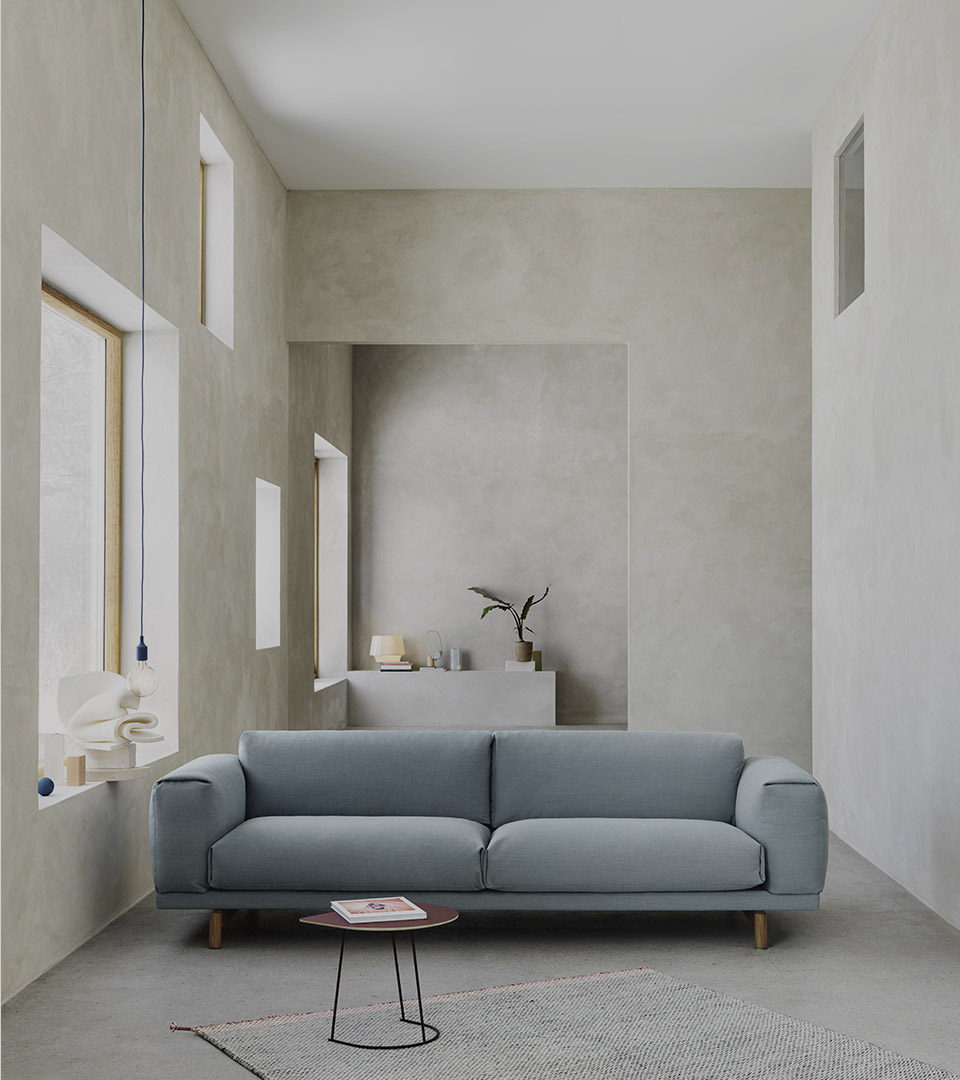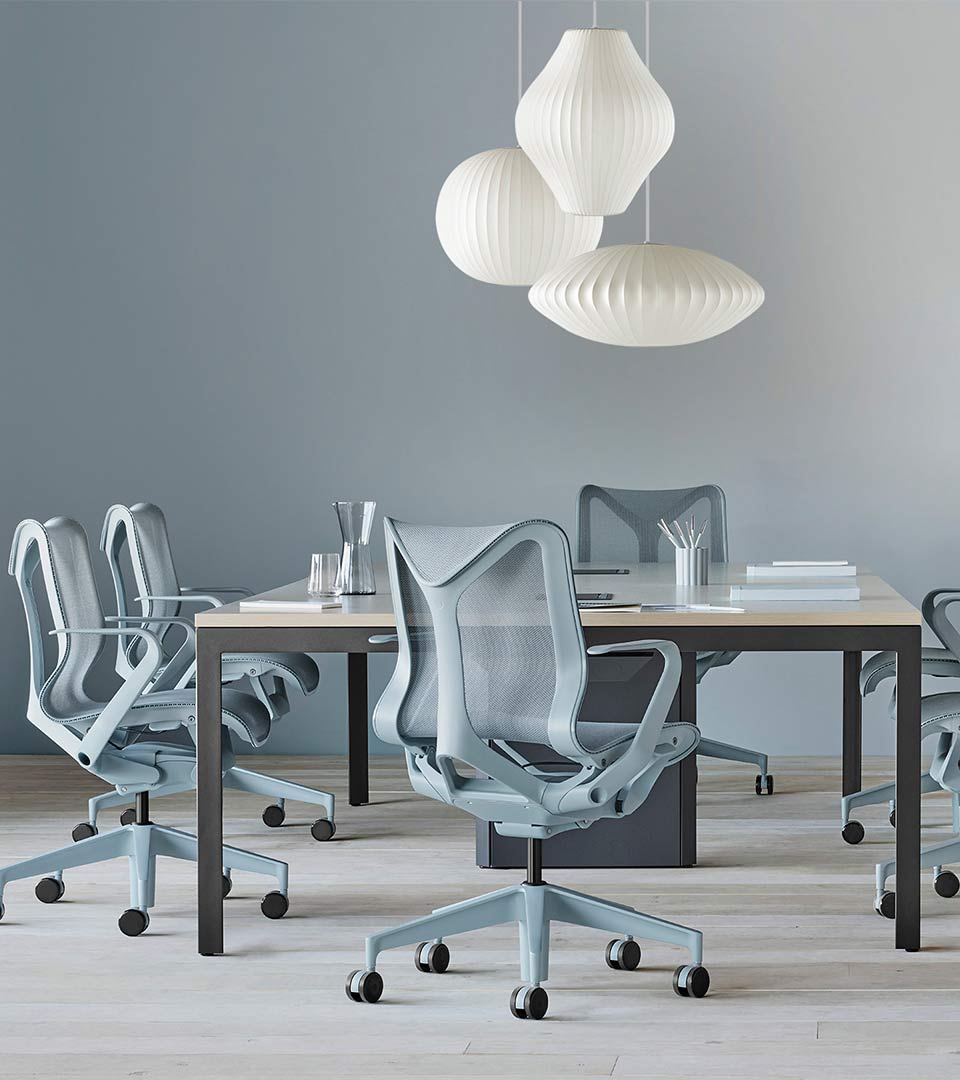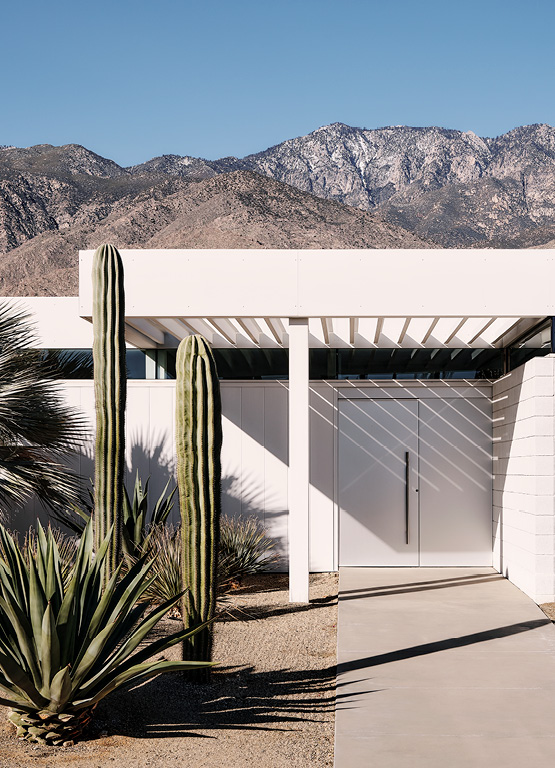Uncover the architectural marvels of Palm Springs during its celebrated Modernism Week, an event that offers a glimpse into the cherished structures nestled within this unique Californian desert oasis. Andrew Mitchell, director of Mr. Mitchell Interiors, recently shared his insights following his recent visit.
Palm Springs’ annual Modernism Week is the conduit that gives unprecedented access into some of the most revered buildings in this unique Californian desert city. Here you’re surrounded by the greats of 20th Century architecture: Neutra, Lautner, Jones, Frey, Wexler, Kaptur, Krisel, Williams (and many more) but the magic lies in experiencing firsthand the depth and breadth of design in this small town.
Modernism Week is an annual 11-day festival in February, celebrating mid-century architecture and design, with a range of tours, talks, films, events and exhibitions. It’s become a pilgrimage for modernism purists, architects, interior designers, artists and general lovers of the mid-century aesthetic. You can’t help but come away from the experience feeling an immense appreciation for the principles of modernism, an understanding of how it strongly influences today’s design, and a desire to see the history of Palm Springs preserved in its magnificent architecture.
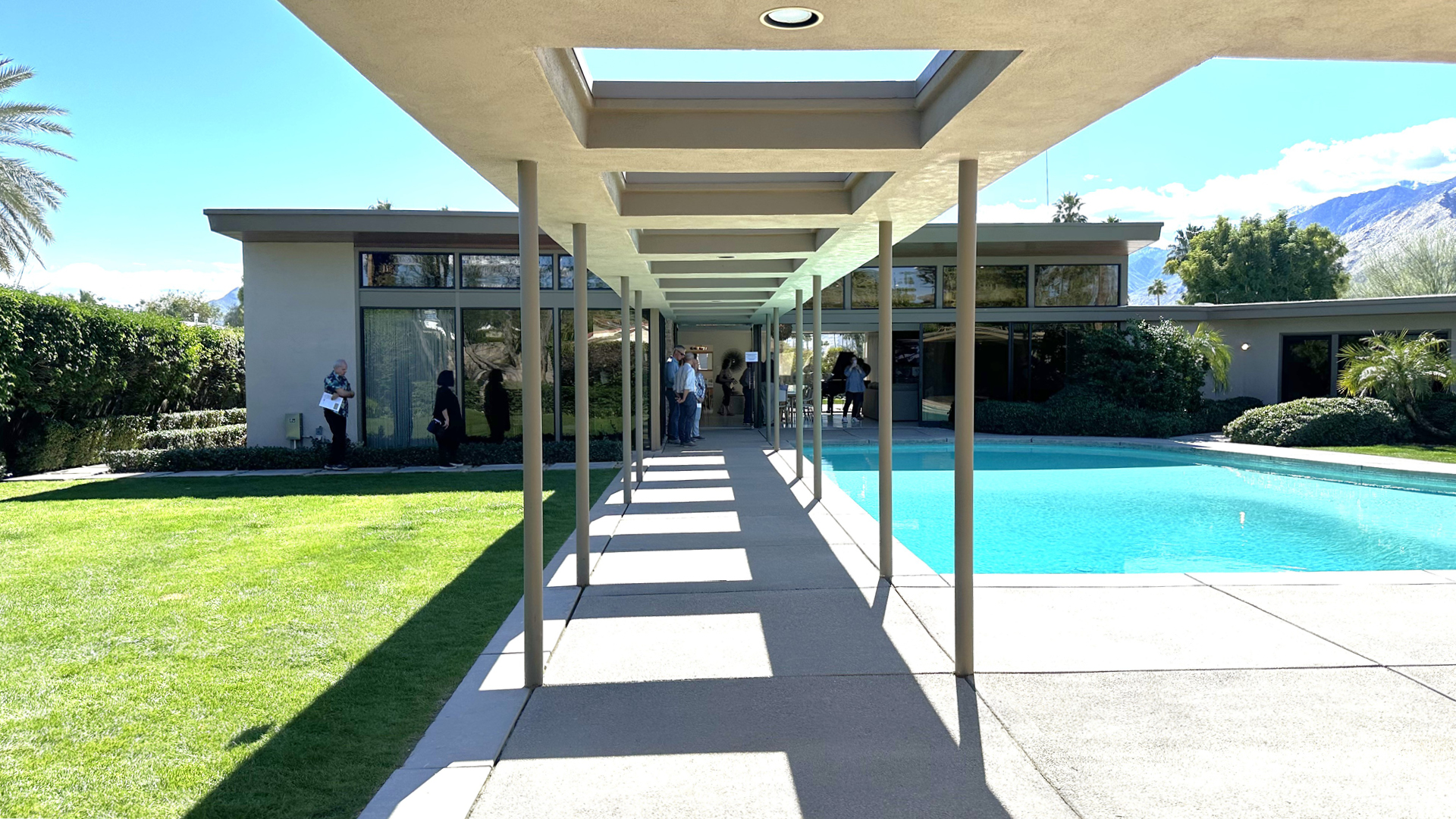
Sinatra Twin Palms Estate. Image credit: Andrew Mitchell
Modernism – A Movement
An architectural movement that dominated the Western world from the 1930’s to 1960’s, Modernist architecture is typically characterised by open floor plans, flat rooves, cantilevers, expansive use of glass and a drive to put functionality over form. There was a distinct absence of ornamentation, especially evident in the Modernism sub-categories of Bauhaus and Brutalism.
Due to a surge in popularity during the middle of the 20th Century, Palm Springs and the surrounding desert cities became a laboratory of modernist experimentation, developing a unique style that has been defined as Desert Modernism. This type of modernist architecture is characterised by the use of shaded breezeways, large proportions of indoor-outdoor spaces, stacked stone walls, breeze block screens and muted desert colours.
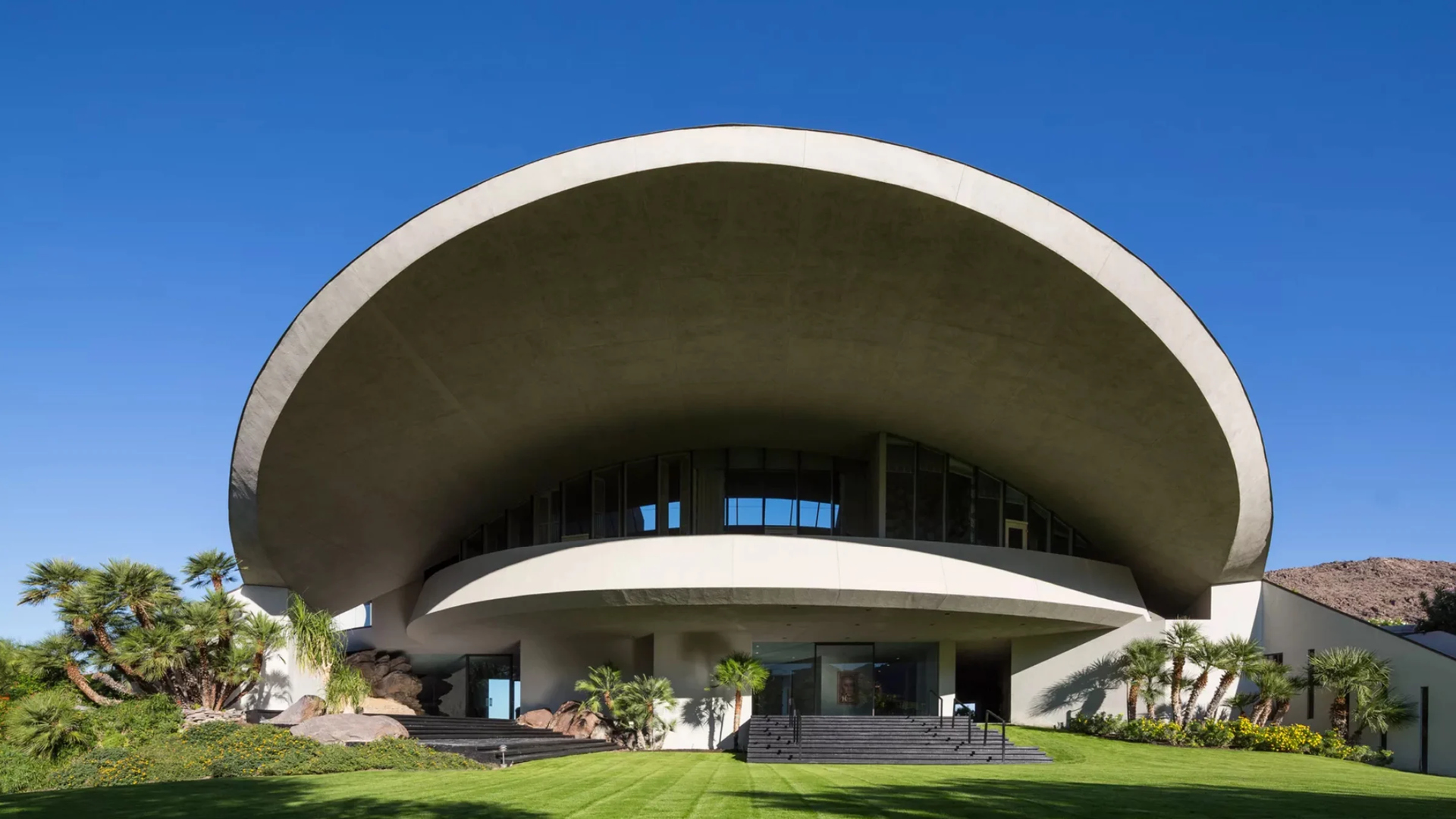
Hope Residence by John Lautner. Image credit: Brian Thomas Jones
Modernism Magic
There’s no need to be an expert in Modernism to appreciate the incredible prevalence of this movement once you’re immersed in this desert town.
A highlight of the week was the opportunity to attend a talk about the restoration of “Bob and Delores Hope’s House” by Lloyd Wright protege John Lautner. The home was purchased by Ron Burkle in 2016 and has since undergone and extensive restoration, led by the project’s original chief architect from Lautner’s office, 79-year-old Argentinian Helena Araheute.
The talk was hosted by project curator, designer Tim Gleason, who guided us through a visual journey from the home’s conception, through the devastating fires that destroyed the home mid-construction, to subsequent renovations in the 20th and 21st centuries, to its final completion in 2023.
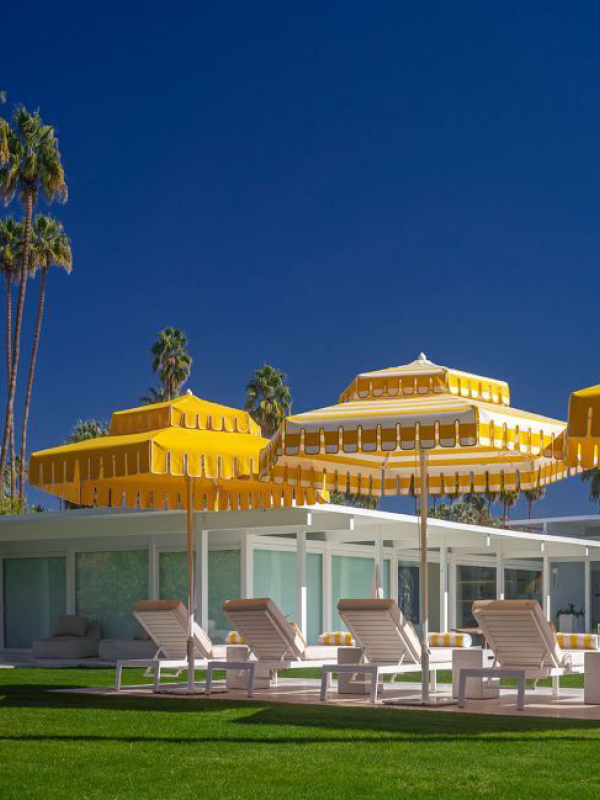
William Holden Estate
My first house tour was through the immaculate, sophisticated “William Holden Estate” in the Deepwell Estates neighbourhood. Built on a generous 4 lots in 1955 by master builder Joe Pawling for owners Marcia and George Barrett, it has since been named after the Hollywood actor William Holden, who purchased the home from the Barrett’s in 1966.
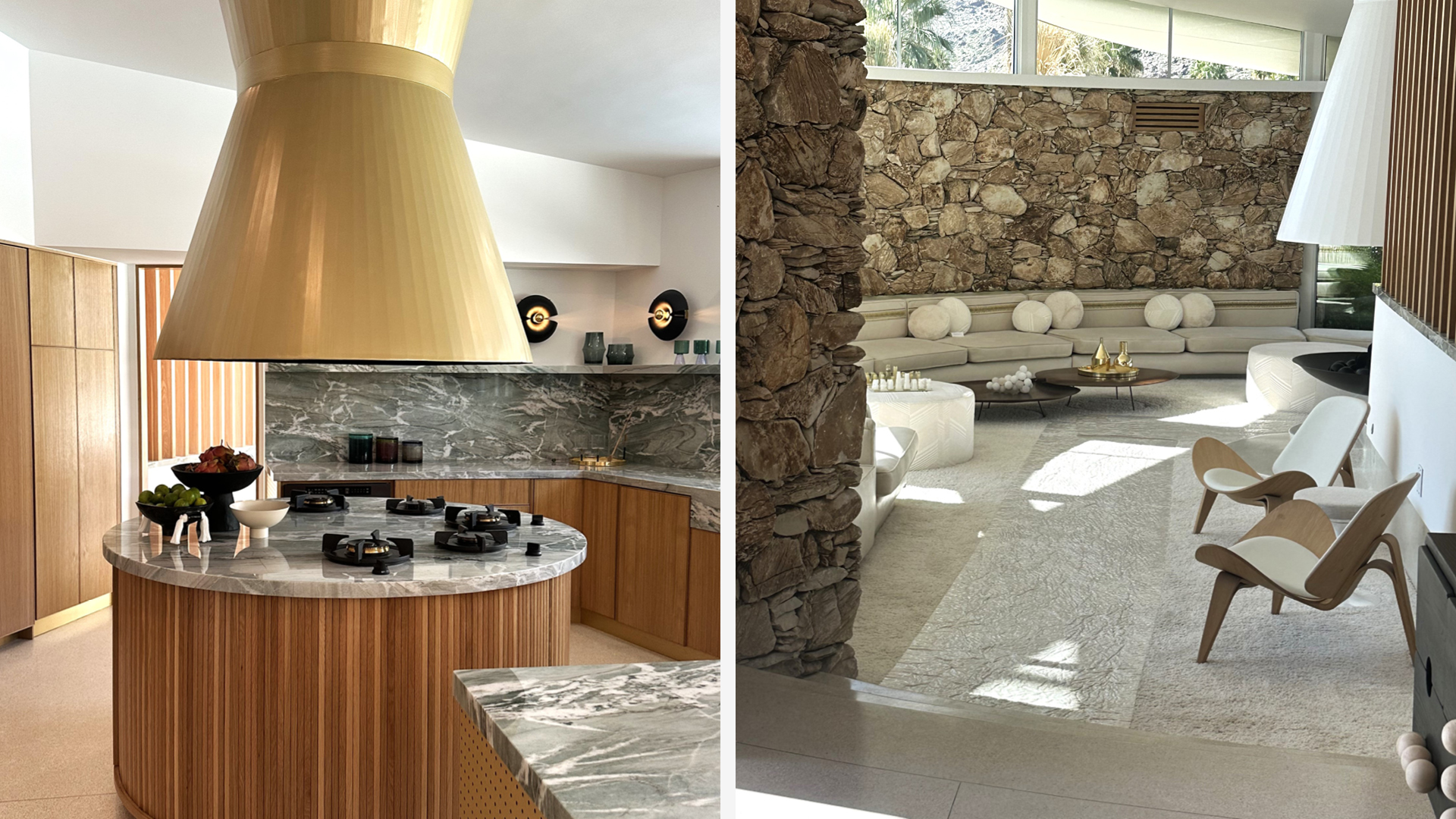
House of Tomorrow by Michelle Boudrea. Image credit: Andrew Mitchell
Also originally built by Joe Pawling, the striking “House of Tomorrow”, touted as Elvis and Priscilla’s honeymoon getaway, was also opened to the public during Modernism Week. The current owners unveiled the newly designed interiors by Californian designer Michelle Boudrea. A symphony of warm desert tones, the renovation pays respectful homage to the original era of the home.
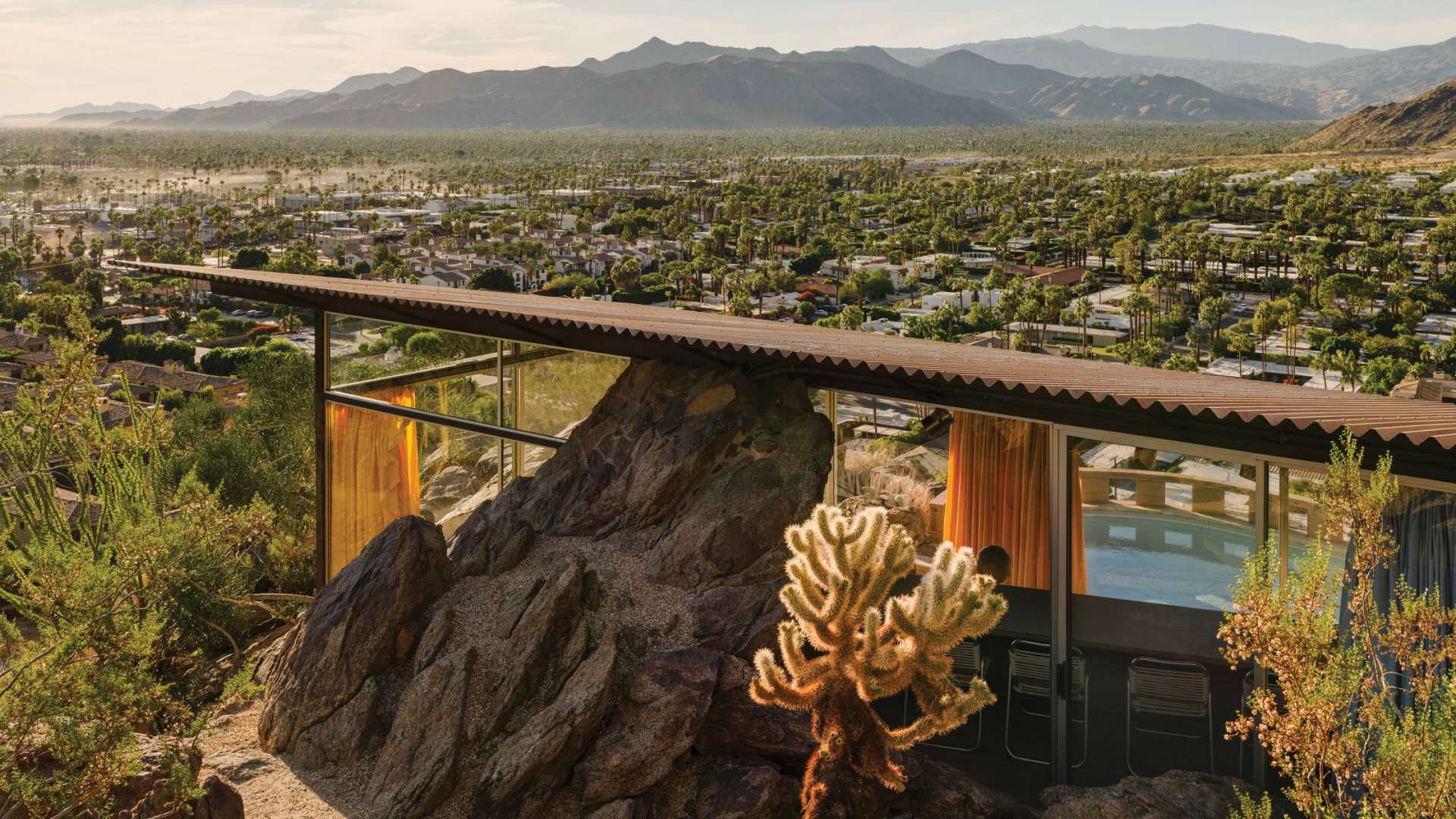
Frey House II. Image credit: Palm Springs Art Museum
In stark contrast, “Frey House II” is a study in simplicity and restraint. Perched on the mountainside, the house was designed by Swiss-born architect Albert Frey in 1963-64. Donated to the Palm Springs Art Museum at his death in 1998, the house was opened to Modernism Week and hosted by Frey’s godson Mark, who shared warm stories of his now-deceased godfather’s life. The house is known for its breathtaking views of the Coachella Valley and the startling presence of the mountain rock that extends right into the house.
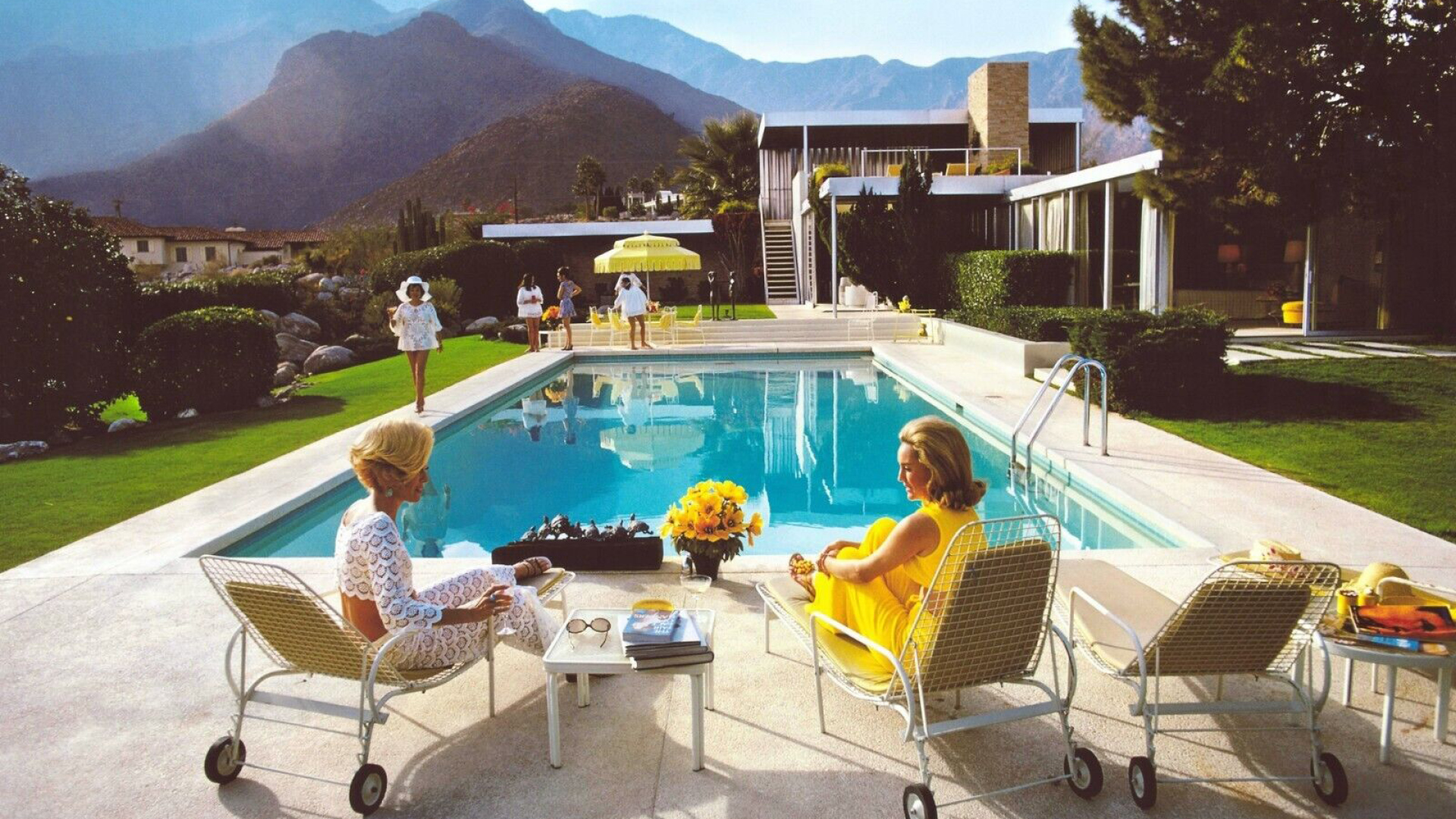
Poolside Gossip by Slim Aarons, 1970
A trip to Palm Springs wouldn’t be complete without a visit to the iconic “Kaufmann Desert House” by Richard Neutra. Nestled into the base of the San Jacinto Mountains, the house is most recognisable as the backdrop to Slim Aarons 1970 photograph “Poolside Gossip”.
This overview of my week in Palm Springs really doesn’t do justice to the bounty of enriching experiences I was fortunate to have access to, both inside and outside the formal program. The people of the town literally throw their doors open to welcome visitors from around the world to marvel at the beauty of this important architectural gem.
Written by: Andrew Mitchell, director of Mr. Mitchell Interiors
